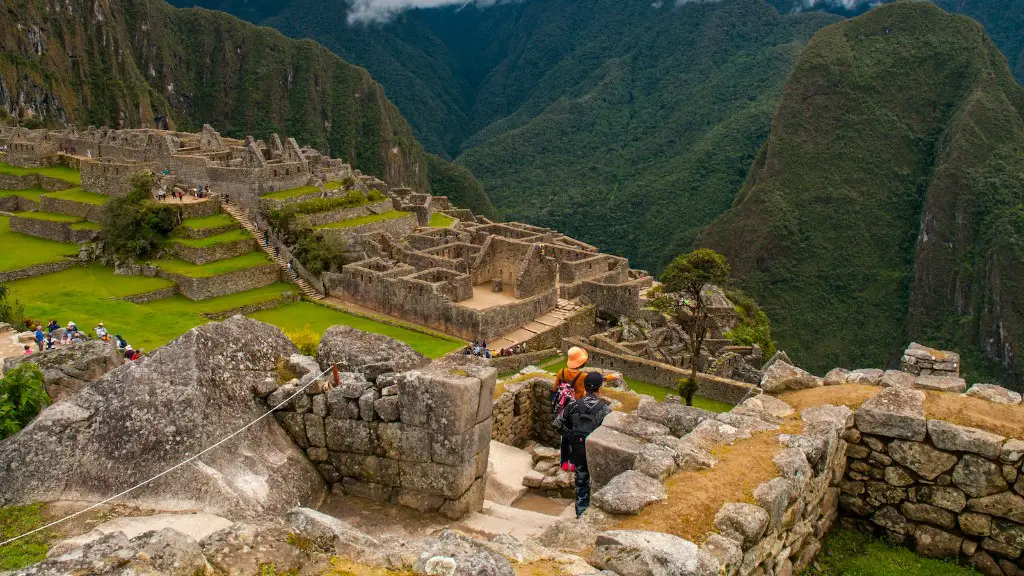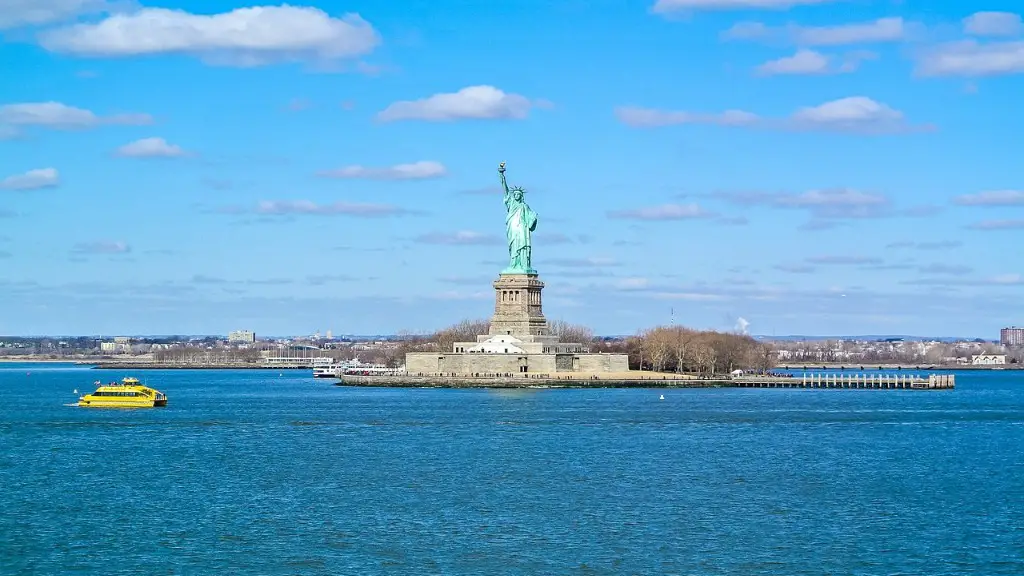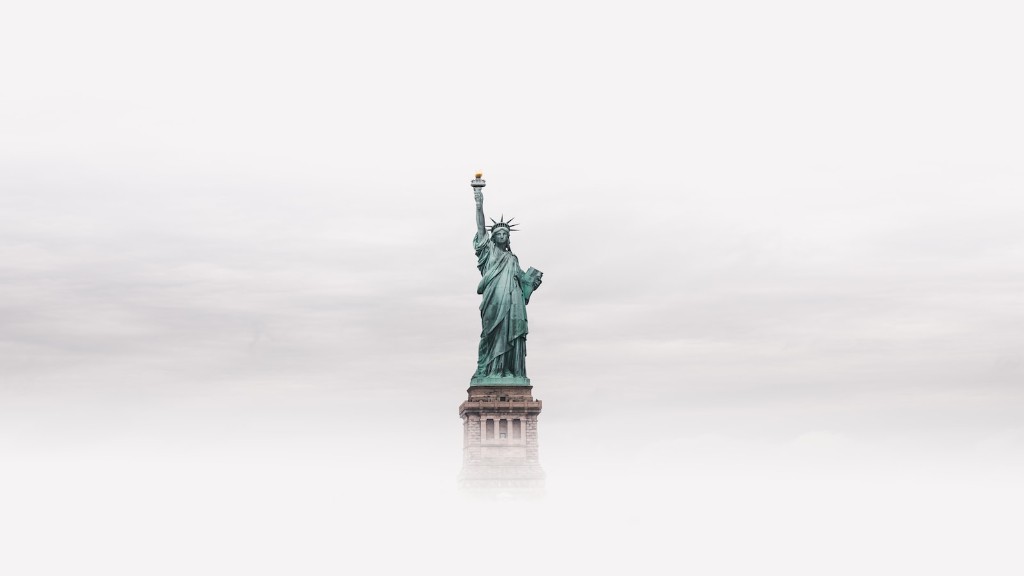Physical Difficulty
Mount Kilimanjaro is the tallest mountain in Africa and is a popular tourist destination. Although the climb is not particularly technical and does not require any special equipment, it does require some physical preparation. The journey to the top is long and strenuous and can take days to complete. Climbers must expect very low temperatures, strong winds, and steep terrain in some locations. It is essential that climbers wear appropriate clothing and carry plenty of food and water in order to stay healthy and hydrated throughout the climb.
The air becomes thinner as the elevation increases, forcing climbers to take regular breaks to acclimate to the new environment. Even if someone is in excellent physical condition, the effects of altitude sickness can be very unpredictable and potentially dangerous. It is recommended that climbers rest and ascend slowly in order to minimize the risk of altitude sickness and other complications.
Mental Difficulties
In addition to the physical challenge of summiting Mount Kilimanjaro, there is also a significant mental challenge. The climb can be long and arduous and at times monotonous. The terrain is often remote and desolate, with few visible marks of progress. It can be difficult for climbers to stay motivated and press forward in such circumstances. The mental battle of staying focused on the task at hand is often the most difficult part of the journey.
Climbers must remain vigilant and maintain a positive attitude throughout the entire journey. Keeping a sense of humour, maintaining a team dynamic and finding ways to stay entertained can all help to keep spirits high and minimize unnecessary stress.
Safety Precautions
In order to ensure a safe and successful summit of Mount Kilimanjaro, it is essential that climbers pay attention to safety precautions. Even with a professional guide, climbers should make sure they are familiar with the terrain and the weather patterns in the area. Additionally, climbers need to ensure they have the right supplies and equipment to sustain them on the journey, as well as the knowledge of how to use it properly.
Furthermore, climbers should always follow the instructions of the guide and never venture off on their own unless it is absolutely necessary. As the terrain can become quite treacherous in some areas, even experienced climbers should avoid wandering off alone. Safety first should always be the priority.
Altitude Sickness
Altitude sickness is one of the most common complications experienced by climbers attempting to summit Mount Kilimanjaro. It is caused by the lower air pressure and oxygen levels at higher elevations. Symptoms of altitude sickness include nausea, headaches, dizziness, shortness of breath and fatigue. If a climber is experiencing any of these symptoms it is important to rest and to move to a lower altitude until the symptoms subside. In some cases, it may be necessary to provide supplemental oxygen or other medications.
Altitude sickness is one of the main reasons why many climbers fail to reach the summit of Mount Kilimanjaro. If a climber is experiencing altitude sickness, it is important to take the necessary steps to prevent further complications. Listen to the body, seek the advice of a professional guide and make an educated decision about when and how to continue the ascent.
Previous Experience
Although Mount Kilimanjaro is not a technical climb, some prior experience is recommended. Experienced climbers have an advantage as they will have some prior knowledge of the terrain and better physical condition. Nonetheless, the climb can be enjoyed by all kinds of people, beginners included. Those who are slightly less experienced should prepare ahead of time and make sure they are aware of the different risks and difficulties associated with the journey.
It is also important to keep in mind that the climb is a team effort. Everyone should feel comfortable relying on each other and helping one another out during the ascent. Working towards a common goal and having a good support system in place makes the journey much easier.
Professional Guides
Nobody should attempt to summit Mount Kilimanjaro without the guidance of a professional guide. The guide is not only familiar with the terrain and the local weather patterns, but can also provide invaluable advice and support to climbers throughout the journey. Professional guides can also provide valuable information about the best routes to take and the most efficient methods for climbing.
Professional guides are also the only people who can provide first aid if necessary and help to minimize risks associated with the climb. Therefore, it is highly recommended that climbers enlist the services of a professional guide before starting the journey.
Physical Fitness
The level of physical fitness of the climber is also an important factor in determining whether or not someone can summit Mount Kilimanjaro. While the climb does not require any technical proficiency or special gear, it does require that climbers are in good physical condition and are able to endure the long journey to the top. It is highly recommended that climbers begin an exercise regimen before attempting to summit and make sure that they are physically fit.
Exercises such as running, swimming, and cycling can help to prepare the body for the physical challenge of the climb. Additionally, it is important to stay hydrated during the journey and take regular rest breaks. These steps will ensure that climbers are able to complete the journey safely and reach the summit.
Local Culture and Customs
There are many local customs and traditions that climbers should adhere to while on the mountain. As Mount Kilimanjaro is a holy place for some local tribes, respects should be given to the local culture and traditions at all times. This includes respecting the local flora and fauna, as well as the triballands and sacred sites.
Climbers should also be respectful of other climbers and should avoid littering and damaging the environment. To fully enjoy the experience, it is important to immerse oneself in the local culture and appreciate the beauty of the area.
Acclimation Process
Acclimatizing to the lower air pressure and oxygen levels is an essential step for climbers in order to make sure they summit Mount Kilimanjaro safely. The acclimatization process involves gradually increasing the altitude during the ascent and taking a few days to rest and adapt to the new environment. By taking the time to adjust to the changes in elevation, climbers can reduce their risk of altitude sickness which is the primary reason why many climbers fail to reach the top.
Climbers should look out for the signs and symptoms of altitude sickness and act quickly if they start to experience any of these. Professional guides are familiar with the acclimatization process and can provide vital advice and direction throughout this process.
Final Preparations
Before attempting to summit Mount Kilimanjaro, it is essential that climbers take the proper precautions and make sure they are fully prepared for the journey. This includes selecting the right gear, studying the terrain and local weather patterns, and ensuring that the team has the necessary supplies and equipment.
It is also important to hire the services of a professional guide and to make sure that the climbers have the right mindset and motivation. By ensuring that all these steps are taken ahead of time, climbers can make sure they have the best chance of success when they set off on their journey.


